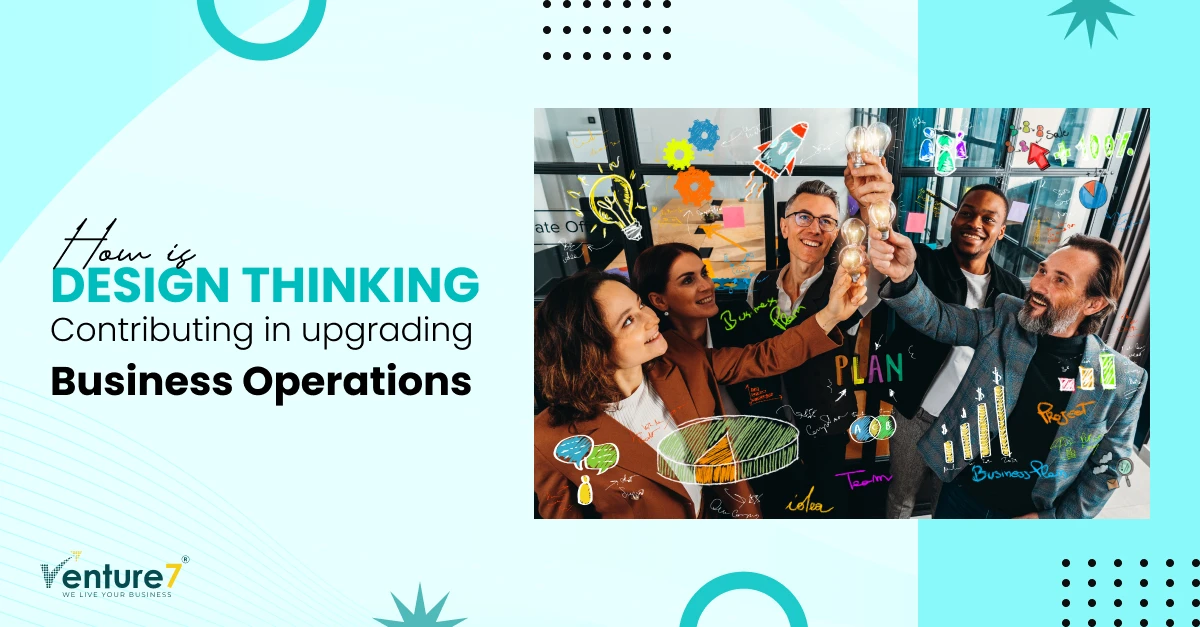Organizations are adopting new technologies to eliminate the bottlenecks of traditional technologies and moving further towards profitable growth. Design Thinking is one such technology that is a cognitive and strategic process that utilizes diverse elements that are used to challenge assumptions and redefine various problems in order to create innovative solutions. This technology helps organizations to analyze historical data and manage risk bets on the basis of massive volumes of data. This technique is integrated with five phases, which include, define, ideate, empathize, test, and prototype.
It has helped organizations to identify and understand the diverse problems of the business and suggest corrective measures by integrating creativity and innovation in the activities. This strategy works by collaborating with diverse departments to identify different perspectives by developing new techniques and ideas for problems. It has the ability to influence leads to strategic innovation on a wide scale. This has enabled organizations to retain a greater number of customers by enhancing the customer experience process.
Design thinking has the ability to create various prototypes in order to test business ideas and get early feedback of the process that enables them to think of better ways of carrying out a process without investing a lot of time and money in the process. This technique is carried out by keeping in mind the end-users before developing a new management process and create it accordingly. It enables industries to solve complex problems and find solutions by analyzing various aspects by creating diverse patterns and carry out the process accordingly.
This technology lays a foundation for change and evolution by collaborating siloed teams that enable productive sharing of ideas and build innovative solutions effectively. The business challenges can easily be tracked by building cross-functional tools that bring great value to the organization.
Design thinking has majorly contributed to creating the right environment for delivering a broader understanding of the customers by analyzing their needs and preferences. It has also helped in enhancing customer’s ability to make informed decisions as design thinking prioritizes the development of products as per the needs of the customers.
It has enabled organizations to align the process in the context of the real problems and communicating ideas in the language that the customer understands to demonstrate empathy to the diverse solutions. It has shifted the focus from business-centric approaches to customer-centric activities by gaining insights on their buying behaviors, needs, preferences, etc. This technology has helped organizations to save costs by directing specific solutions to customers, which enables better return on investments on the activities.
Design thinking aims at engaging people by creating a level of empathy with the people for whom the solutions are designed that help them to refine product prototypes by integrating a human-touch in the operations that help them to increase the productivity of operations. The immersive humanizing experience help organizations to discover the likes and dislikes of customers and help people to articulate responses to real things, that include, services, products, experiences, etc.
This technology has enabled organizations to define the problem in order to build a deep understanding of the customer and develop a wide number of solutions by reinforcing the idea and underlying customers’ needs. It has simplified the idea generation process by analyzing various patterns and generating a large number of possible solutions for a single problem. The prototype phase of design thinking enables organizations to bring their ideas to the real world to identify how the ideas are impacting customers. The ideas can be reframed by generating customers’ feedback and has the ability to bounce back to previous phases in order to discover new insights, thereby making the process effective.
The testing phase involves identifying the ideas that have worked as per the set standards and the ideas that haven’t. It involves the process of testing organizations’ solutions and analyzing the results that help organizations to refine their solutions.
Designed thinking has transformed the operations of information technology experts by enhancing innovation and creativity in the IT application department of an organization. The business processes have streamlined with the use of design thinking tools and have provided organizations with creative innovations that were not possible earlier with the use of traditional technologies.
This technology has become the core of strategy development and organizational change, thereby enhancing the problem-solving approaches by extracting ideas from diverse sources by combining several options and reaching a solution. This technique is highly been implemented by various organizations to bring creativity to diverse processes and meet the changing dynamics of the business environment.





